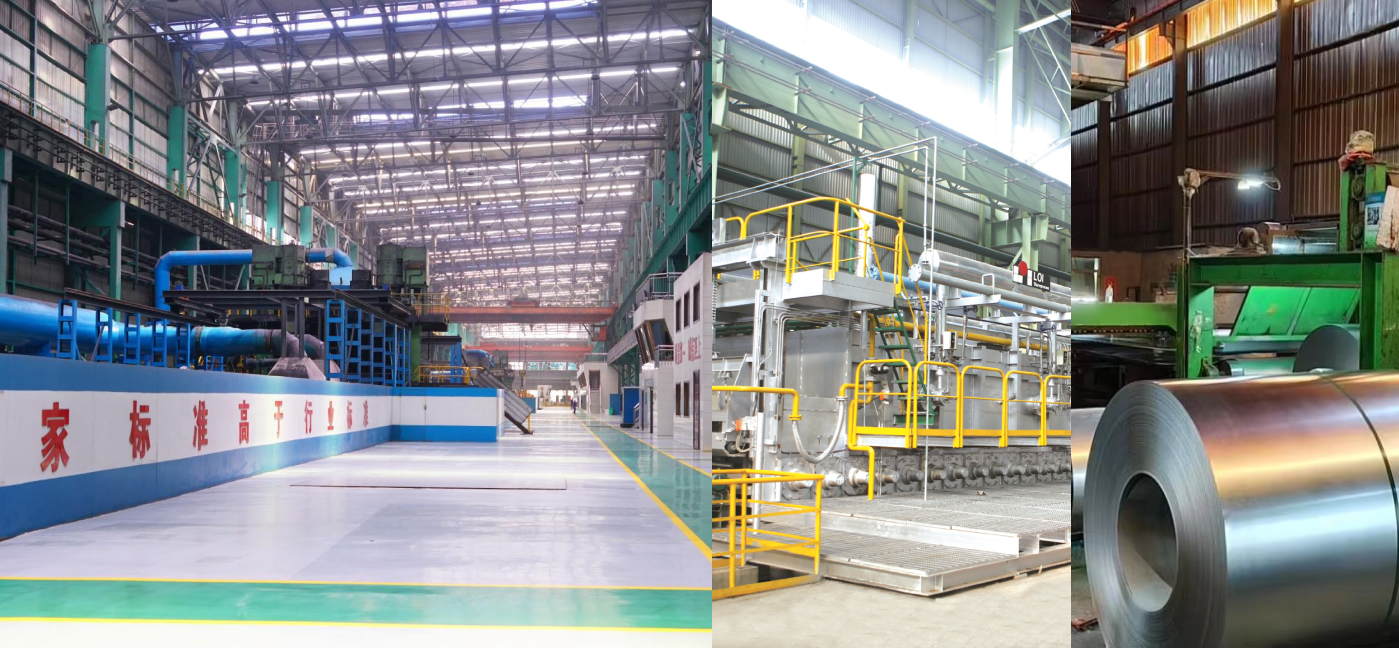Hit enter to search or ESC to close
Steel sheet sizes vary depending on standards, manufacturing processes, and applications. Commonly, steel sheets are produced in thicknesses ranging from 0.4 mm to 6 mm, while anything thinner is generally referred to as steel foil and anything thicker as steel plate. Standard widths are often 1000 mm, 1250 mm, and 1500 mm, though custom sizes are also available to meet project requirements. Lengths can be cut-to-size, with typical stock sheets offered in 2000 mm, 2500 mm, and 3000 mm. In international markets, sizes may also follow inch-based measurements such as 4 feet by 8 feet. The choice of steel sheet size depends on usage—whether in construction, automotive, shipbuilding, appliances, or fabrication. Selecting the right sheet size helps reduce waste and improve efficiency. Additionally, steel sheets are often supplied in both hot-rolled and cold-rolled types, with cold-rolled sheets offering greater dimensional accuracy and surface finish. Overall, understanding steel sheet sizes allows manufacturers, builders, and designers to choose materials that best suit their technical and economic needs.

Get Your Steel Plate Quote Today